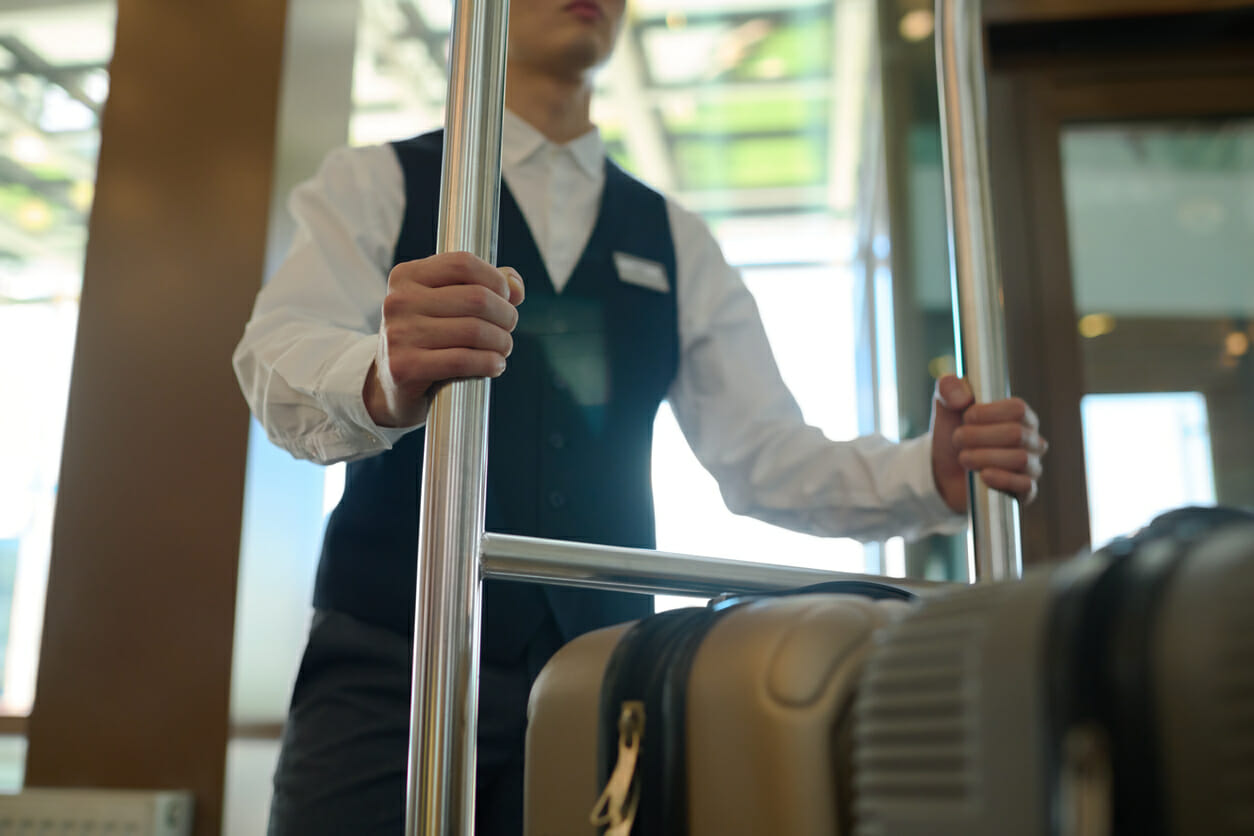Dressing teams to suit changing weather conditions is not only about comfort, but also about safety, morale, and performance. To choose clothes that can withstand temperature changes and remain visible and wearable, one should not only plan based on brand coloors or cuts. When designing summer polos or winter-ready layers, organizations that choose to use workwear with embroidered logos should also consider seasonal fabric behavior, practical layering systems, and the ability of printing methods to withstand the pressure of sun or snow.
Fabrics that Breathe in Summer
The increase in temperature requires breathable, lightweight materials. Cotton is a dependable workhorse because it takes moisture, but new blends using polyester or elastane can dry faster and be more flexible. These hybrid ones are resistant to wear and retain their shape with repetitive movement, making them perfect for warehouse, logistics, and site personnel working in the hot sun.
Baggy clothes in light colours not only reflect the heat but also help embroidered patterns stand out better on dusty or concrete surfaces. The underarms are ventilated, and the mesh panels minimise the heating effect. Short sleeves with UPF protection prevent sun exposure without compromising the brand image.
MORE NEWS: How the West Valley technology sector is booming
INDUSTRY INSIGHTS: Want more news like this? Get our free newsletter here
Winter Layers That Work Together
During winter, the first step to good workwear is a base layer that keeps you warm without getting wet. Synthetic fibre thermal tops trap body heat and wick sweat away so that it does not cling to the skin, aiding temperature control under heavier outerwear.
Mid-layers, e.g. fleece or softshell jackets, provide warmth without being non-breathable. Wind-resistant and waterproof membranes, along with durable outer shells, keep rain and sleet at bay. Select clothes that have reinforced stitches and zippers that can be used even when the hands are covered. Embroidery on outerwear should be well-positioned so that it is visible even when placed on darker palettes and in low-light conditions.
High Visibility in Autumn’s Dimming Light
When the days become shorter and fog or low light becomes a regular occurrence, visibility is the biggest priority. Choose bright colours like fluorescent yellow, orange or lime when making printed garments to be worn outdoors. Combine these with reflective taping that can work in low-light conditions.
The materials should be warm yet mobile, so look for stretchy fabrics that are waterproof but can be layered over. The changeability of the sun and rain in autumn also requires jackets and trousers with quick-drying linings to keep you comfortable throughout the day.
Spring’s Unstable Skies and Muddy Conditions
Another problem that spring brings is the weather, which can change from sunshine to hail within just one hour. Transitional workwear should be comfortable to wear, allowing for fast layering, sudden downpours, and dry-to-slippery terrain. Ripstop pants and waterproof shells with zip-off sleeves or rollaway hoods offer flexibility without burdening the user.
Custom logos: ensure that the embroidered or printed logos are durable so that they do not become blunt after being washed regularly and subjected to mud, pollen and rain. Spring work clothes should be able to withstand fading, tearing, and losing their shape.
Adapting Colours for Both Function and Brand Identity
The practicality of the season does not have to take precedence over visual identity. Earth colours or stormy greys are blended into the environment during colder seasons, whereas bright colours are used to enhance safety in warmer weather. Choose the colours of the embroidery thread so that they are visible on the garment and remain readable in the extreme conditions on the site.
The use of branded trim or stitching details makes uniforms consistent department to department, but also gives the option of changing the type of garment by season. Smart embroidery placement enables businesses to maintain brand continuity without compromising the comfort of their workers.
Durability Through Seasonal Washing and Wear
Logos, fabrics and fittings may be damaged through frequent washing and exposure to the environment. The printed graphics tend to peel or crack over time, but the embroidered graphics are expected to withstand tough use. Nonetheless, the two techniques should be subjected to the test of fade resistance particularly where the clothes are exposed to UV rays or abrasive conditions.
Selecting seams reinforced and coated against pilling, and fabrics that can be washed industrially will keep the look and the integrity intact, season after season.
Build a Wardrobe That Moves with the Weather
Good workwear never remains the same throughout the year. The intelligent rotation of clothes based on seasonal conditions helps protect teams without compromising branding. When choosing logo-embroidered work wear, it is essential not only to consider the appearance but also to assess how each item will perform under the pressure of the elements. It’s all about finding the right piece, which is comfortable, visible, and durable, regardless of the forecast.




